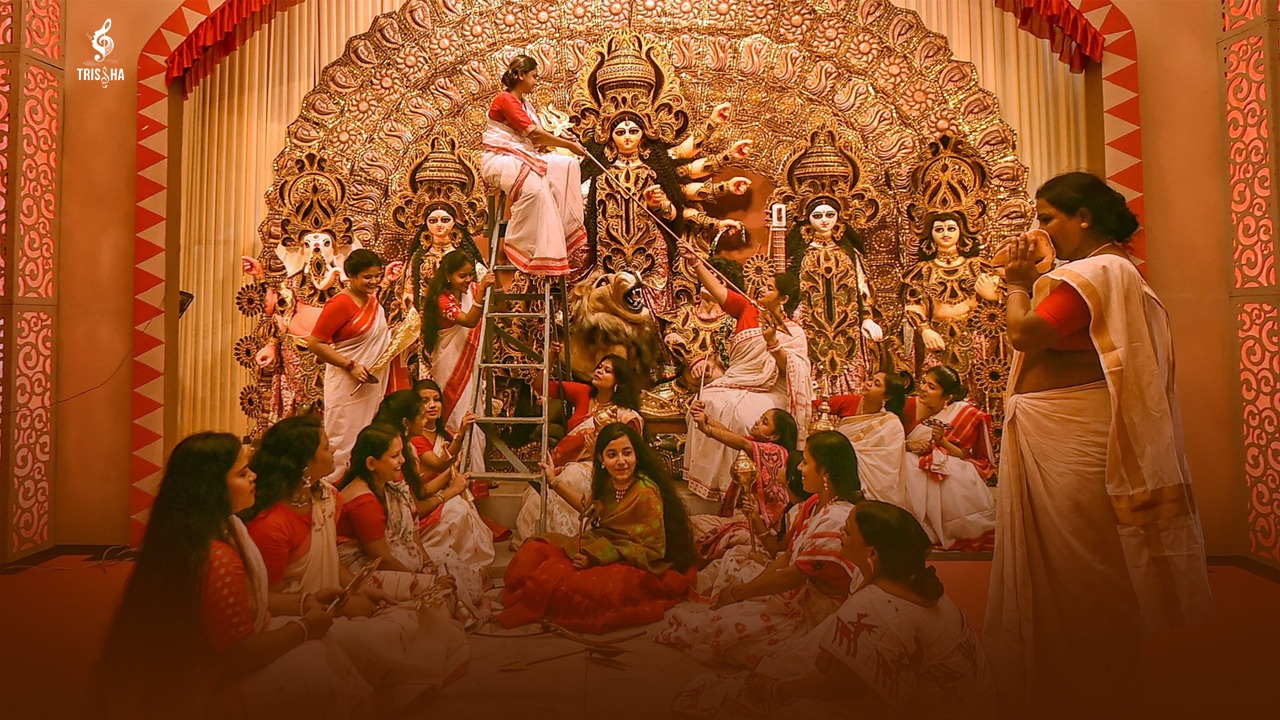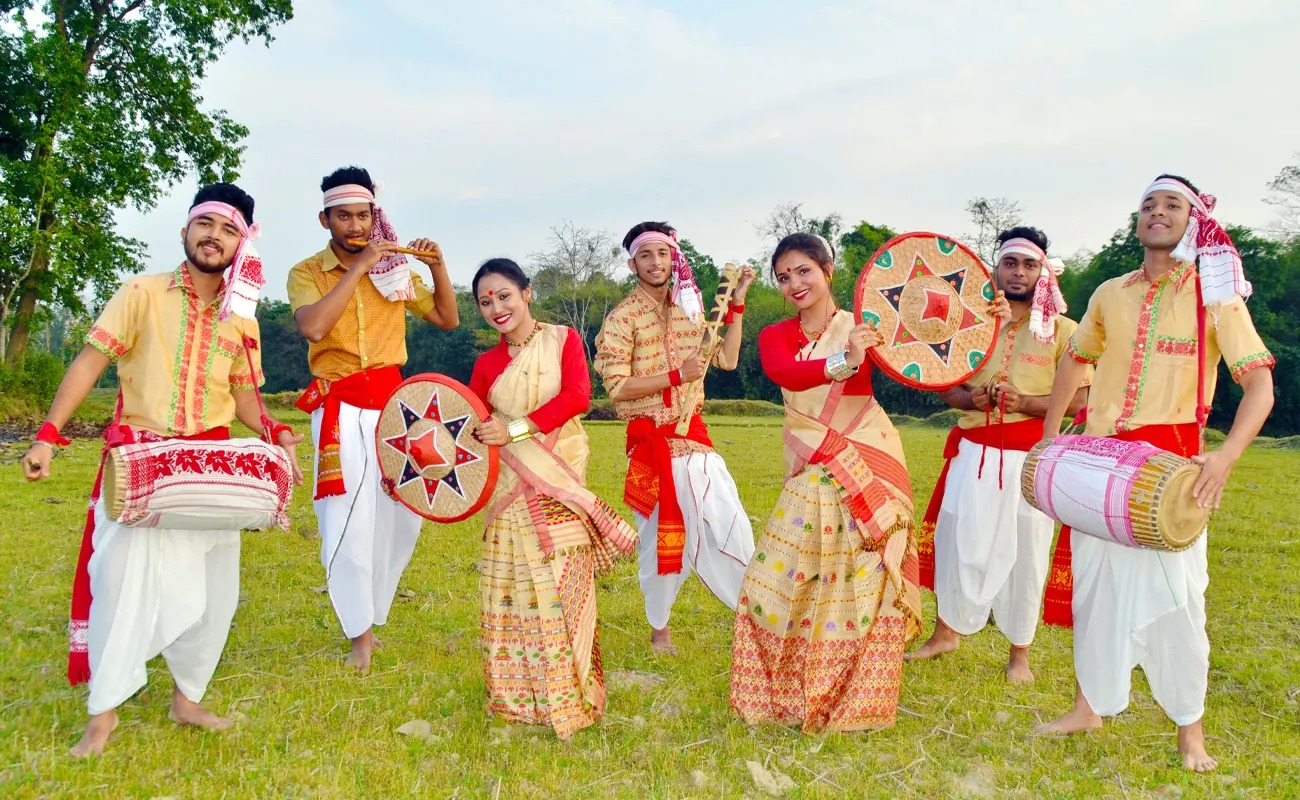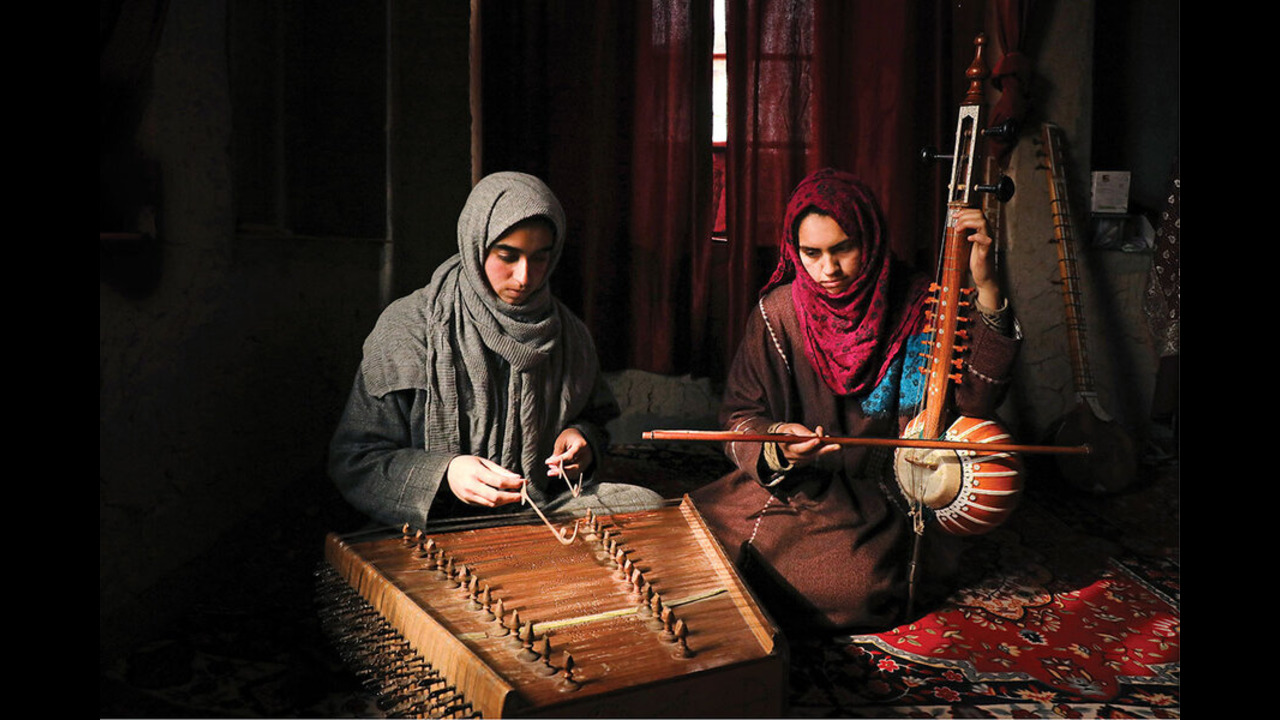Sharadiya: The Grand Festival of West Bengal
Sharadiya, also known as Durga Puja, is the most significant and eagerly awaited festival in West Bengal. Celebrated with immense fervour and grandeur, it marks the homecoming of Goddess Durga to her maternal abode. This festival, which typically falls in the month of Ashvin (September-October), is not just a religious event but a cultural extravaganza that unites people from all walks of life.
The Mythological Significance
The legend behind Durga Puja is deeply rooted in Hindu mythology. It commemorates the victory of Goddess Durga over the buffalo demon Mahishasura, symbolizing the triumph of good over evil. According to the myth, Mahishasura, blessed with a boon that made him invincible against any man or god, wreaked havoc in the heavens and on earth. The gods, in desperation, created Goddess Durga, an embodiment of their collective energy, to defeat the demon. Armed with weapons and riding a lion, Durga fought Mahishasura for nine days and nights, finally slaying him on the tenth day, known as Vijaya Dashami.
The Cultural Extravaganza
Durga Puja is not just a religious festival; it is a cultural phenomenon. The preparations begin months in advance, with artisans crafting elaborate idols of Goddess Durga and her children—Lakshmi, Saraswati, Ganesha, and Kartikeya. These idols are installed in beautifully decorated pandals (temporary structures) across the state. Each pandal is a work of art, often themed around contemporary social issues, mythology, or historical events.
The festival spans ten days, with the last five days—Shashthi, Saptami, Ashtami, Navami, and Dashami—being the most significant. On Shashthi, the idols are unveiled, and the rituals commence. Saptami marks the beginning of the main puja, with the invocation of the goddess through the ritual of Pran Pratishtha. Ashtami is considered the most auspicious day, with the Sandhi Puja performed at the juncture of Ashtami and Navami. Navami is the day of Maha Aarti, and on Dashami, the idols are immersed in rivers and water bodies, symbolizing the goddess’s return to her heavenly abode.
The Festive Spirit
Durga Puja is a time of joy, celebration, and togetherness. The streets of West Bengal, especially Kolkata, are adorned with lights, and the air is filled with the sounds of dhak (traditional drums), conch shells, and devotional songs. People dress in their finest attire, visit pandals, and participate in cultural programs, including dance, music, and drama performances. The festival also sees a surge in shopping, with markets bustling with activity as people buy new clothes, gifts, and festive delicacies.
Food plays a central role in the celebrations. Community feasts, known as bhog, are organized at pandals, where devotees are served traditional vegetarian meals. Special dishes like khichuri (a rice and lentil dish), labra (mixed vegetable curry), and various sweets are prepared and shared among family and friends.
The Modern-Day Celebrations
While the essence of Durga Puja remains rooted in tradition, the celebrations have evolved over the years. Today, it is a global festival, with the Bengali diaspora celebrating it with equal enthusiasm in different parts of the world. The use of technology has also added a new dimension to the festivities. Live streaming of puja rituals, virtual pandal hopping, and online cultural programs have made it possible for people to participate in the celebrations from anywhere in the world.
Durga Puja has also gained international recognition. In 2021, UNESCO inscribed Durga Puja in Kolkata on the Representative List of the Intangible Cultural Heritage of Humanity, acknowledging its cultural significance and the collective creativity of the people involved in its celebration.
Conclusion
Sharadiya, or Durga Puja, is more than just a festival; it is a celebration of life, culture, and the indomitable spirit of humanity. It brings people together, transcends barriers of caste, creed, and religion, and fosters a sense of community and belonging. As the beats of the dhak resonate through the air and the fragrance of incense fills the atmosphere, the people of West Bengal come together to welcome their beloved goddess and celebrate the victory of good over evil.







There are no comments